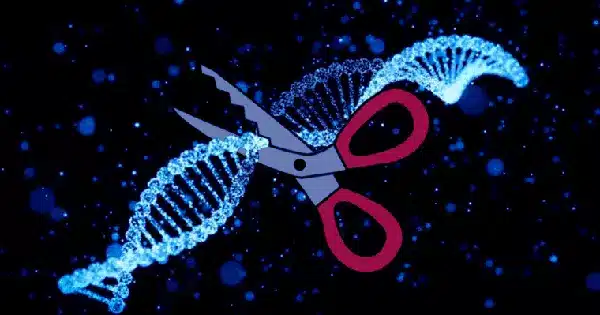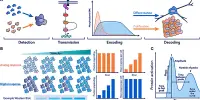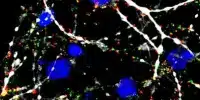Chinese scientists claim to have developed CyDENT, a novel gene-editing technique that is more effective than Clustered Regularly Interspaced Short Palindromic Repeats (CRISPR) technology.
This is according to a story published on Saturday by the South China Morning Post (SCMP).
CRISPR, a cutting-edge gene-editing method, allows for exact DNA modifications within an organism’s genome. Its advancement in recent years has greatly advanced genetic engineering and biotechnology.
It does, however, provide some hazards and concerns.
Off-target effects and mosaicism: One of the biggest concerns with CRISPR is off-target effects, in which the Cas9 protein may accidentally cut DNA at sites similar but not identical to the target sequence. This might result in unintentional genomic alterations, which can have negative implications, such as the creation of new diseases.
In rare situations, not all cells within a treated organism or tissue may get the intended gene editing, resulting in mosaicism, a condition in which a person’s body has two or more genetically distinct sets of cells. Because some cells have the required genetic alterations and others do not, certain therapeutic approaches may be more challenging to use.

It can also be difficult to introduce CRISPR components (Cas9 and guide RNA) into target cells or tissues. Multiple distribution mechanisms may be required for a variety of goals.
Finally, when CRISPR is utilized for gene therapy in humans, the immune system may confuse the Cas9 protein for something foreign and trigger an immunological response, limiting the treatment’s effectiveness.
According to scientists from the Chinese Academy of Sciences Institute of Genetics and Developmental Biology, CyDENT can help with some of these issues. This is due to the new tool’s ability to perform strand-specific gene editing without requiring any cuts.
Created using a protein-based approach: Kevin Zhao, one of the study’s authors and co-founder of Suzhou-based Qi Biodesign, told SCMP that CyDENT was created using a “protein-based approach” that relies on a protein signal to carry the editor inside, eliminating the need for a guide RNA.
Zhao went on to explain that CRISPR-based systems rely on a guide RNA to function, which may not be a problem when editing DNA in the nucleus of a cell but becomes a difficulty when editing DNA in a plant’s chloroplast or human mitochondria. Guide RNA is a segment of RNA developed by scientists to be used with Cas9 for gene editing.
Zhao told SCMP that, while additional research was needed to ensure the new approach’s safety and effectiveness in human therapeutics, the instrument has already shown significant promise for investigating previously un-editable DNA.
The team now has big intentions to “start exploring” what they can do with plant chloroplasts. If the researchers have truly created a superior kind of gene editing, the method has the potential to transform medicine, agriculture, and biotechnology.
However, like with any procedure that alters genes, extreme caution and control are required. The new technique’s challenges and problems must first be addressed by comprehensive research, ethical rules, and appropriate regulation.
















